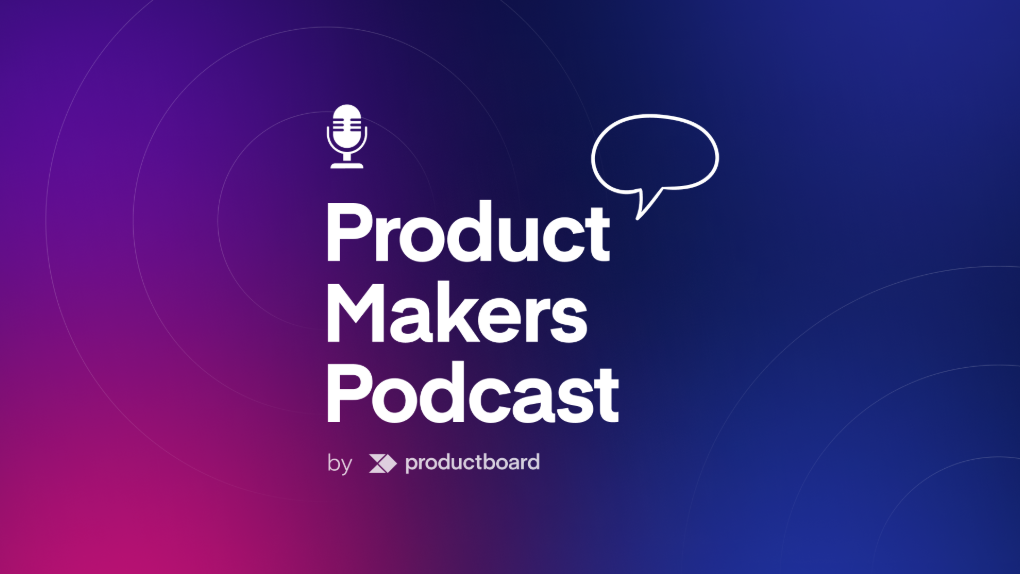Tips & Strategies for Mastering Agile Product Management
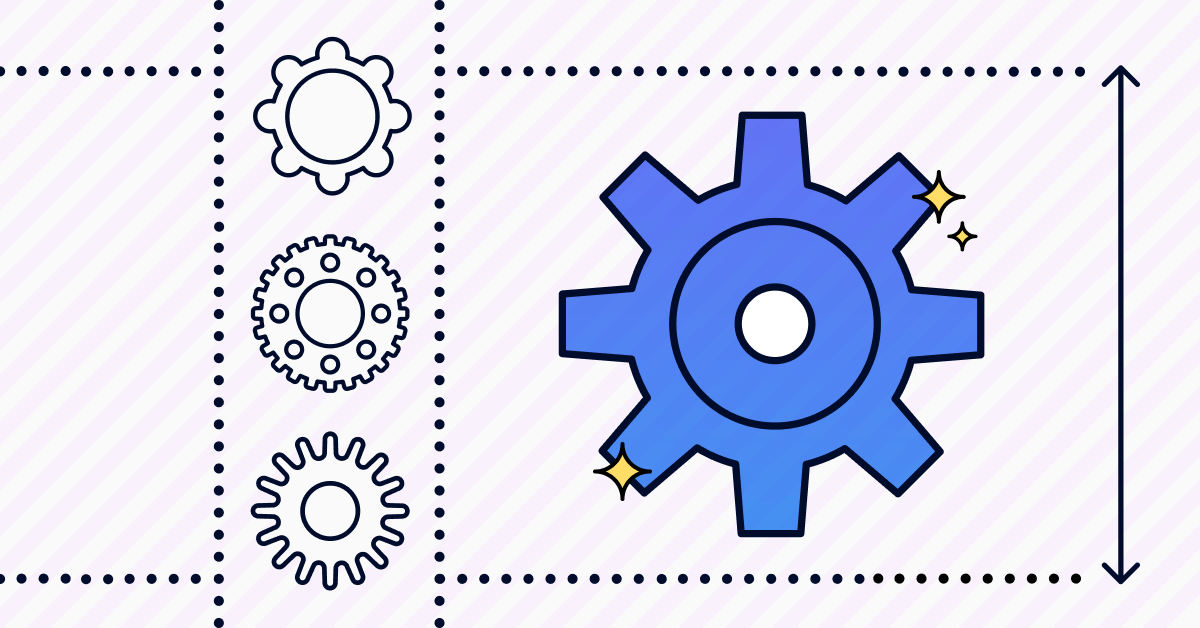
Agile product management is a methodology that applies agile principles to product development, focusing on iterative building, continuous feedback, and rapid adaptation to change. Teams work in incremental “sprints,” collaborating to review work and make changes throughout the product development lifecycle. By embracing an agile product management workflow, product teams can navigate the complexities of product development with greater flexibility and responsiveness
Traditional vs. Agile Product Management
In traditional and agile product management, the core responsibilities of product managers remain the same:
- Discover user problems, needs, and challenges
- Set product strategy in collaboration with cross-functional stakeholders
- Leverage quantitative and qualitative research methods for product feature prioritization
- Secure organizational buy-in and alignment around product initiatives
The two approaches start to diverge when it comes to the cadence of releases and how teams collaborate to make new products and features a reality.
In a conventional waterfall setting, product managers often create comprehensive product requirements documents that meticulously outline every aspect of a new feature, leaving no wiggle room for discussion or experimentation. UX and dev teams work in silos to build the feature, and nothing is shipped to users until fully complete.
In agile, product management is much more collaborative and iterative. UX and dev teams play an active role in determining the details of features, and the focus is on shorter “sprints” rather than full releases. By investing smaller amounts of time and resources into sprints, users receive value more quickly and teams can quickly see what’s working vs. what’s not. This empowers them to be flexible, abandoning initiatives that aren’t panning out and pursuing new directions that are more promising.
Agile Product Management: Mindsets & Strategies for Better Product Planning
In agile product planning, teams tailor the detail in their plans according to the timeframe. For instance, annual goals may be outlined at a high level, whereas planning for the short term is more detailed. This approach enables teams to accommodate unforeseen developments, such as shifts in competition and changes in customer demand, rather than adhering to a rigid, outdated plan.
Below are essential mindset shifts and strategies to help teams adopt agile product management effectively:
Agile Planning Onion
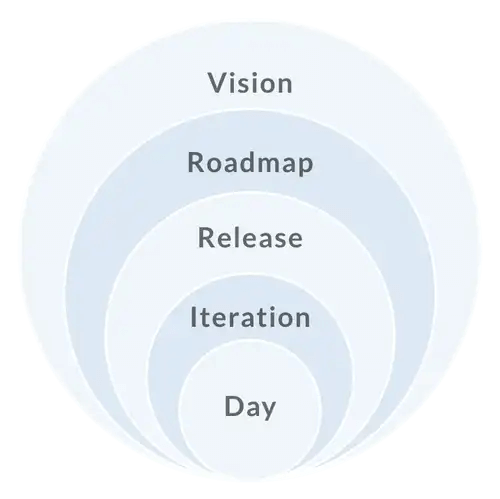
Image credit: Vorne
The Agile Planning Onion helps product teams choose the right level of planning for different timeframes. At the top is the vision layer, which encapsulates the high-level objectives of the product, established in collaboration with the leadership team. The next is the roadmap layer, which outlines how the vision will materialize over the long term. The release layer dives deeper, offering a concrete timeline for future releases, encompassing scheduling, feature selection, and resource allocation. Nearer to the core, the iteration layer concentrates on short-term planning (typically 2-4 weeks), during which teams detail the work to be accomplished in each cycle. Finally, the daily layer focuses on daily planning and adjustments. This includes stand-up meetings to review progress, identify challenges, and refine short-term plans as necessary.
The agile planning onion emphasizes the need for flexibility at all levels of planning, from long-term strategic decisions to daily tasks. This adaptability is crucial in responding to changes in the market, technology, and customer needs. It also ensures that planning at every layer aligns with the organization’s strategic goal.
Even if you don’t follow the agile planning onion exactly, it’s a good framework for reframing your mindset around product development.
Agile Roadmapping
Traditional roadmaps tend to be more rigid and are often laid out for longer time frames (e.g., a year or more) with specific deadlines and detailed plans for features and releases. In agile product management, the roadmap is no longer a static document but a fluid strategy that changes according to customer signals and learnings.
Agile roadmaps often use rolling time horizons with varying levels of detail, focusing on immediate priorities while keeping longer-term plans more high-level and open to change. They prioritize outcomes over outputs, concentrating on the goals, benefits, and impact of the work rather than the specific features themselves. And they involve a more iterative and collaborative planning process, with regular updates to keep all stakeholders informed and engaged.
Good roadmaps for a more agile product management process include:
- Objective-driven roadmaps are structured around broad objectives guiding the development process, making it easier to adjust features and priorities as needed while ensuring that every effort contributes to the overarching goals. This approach is highly flexible and keeps the team aligned on the desired outcomes.
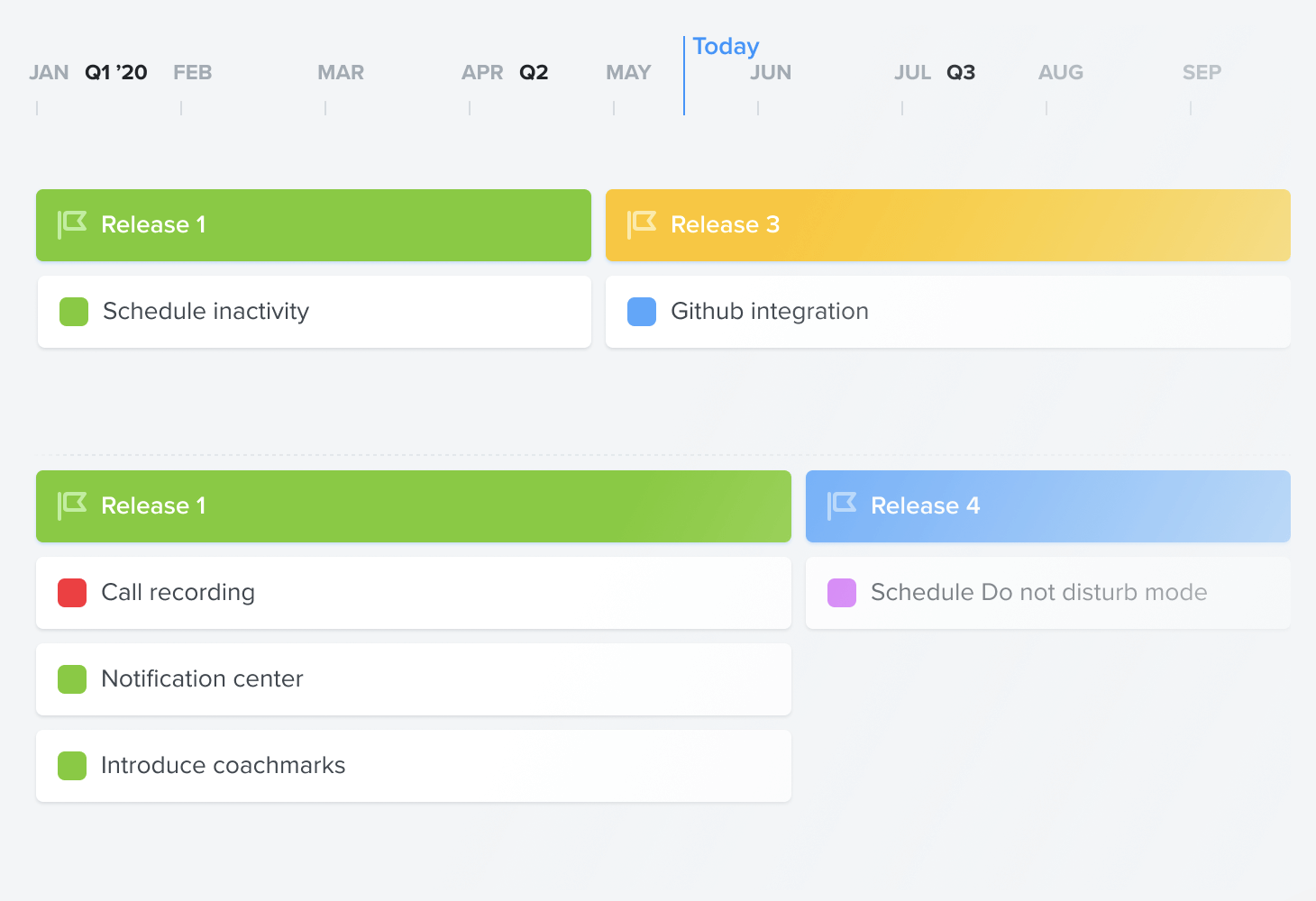
An objective-driven roadmap in Productboard.
- Now-Next-Later roadmaps are designed to communicate current priorities (Now), short-term objectives (Next), and future aspirations (Later) without committing to fixed dates for the Next and Later items. This format acknowledges the inherent uncertainty in product development, allowing for flexibility in how features and projects evolve over time.
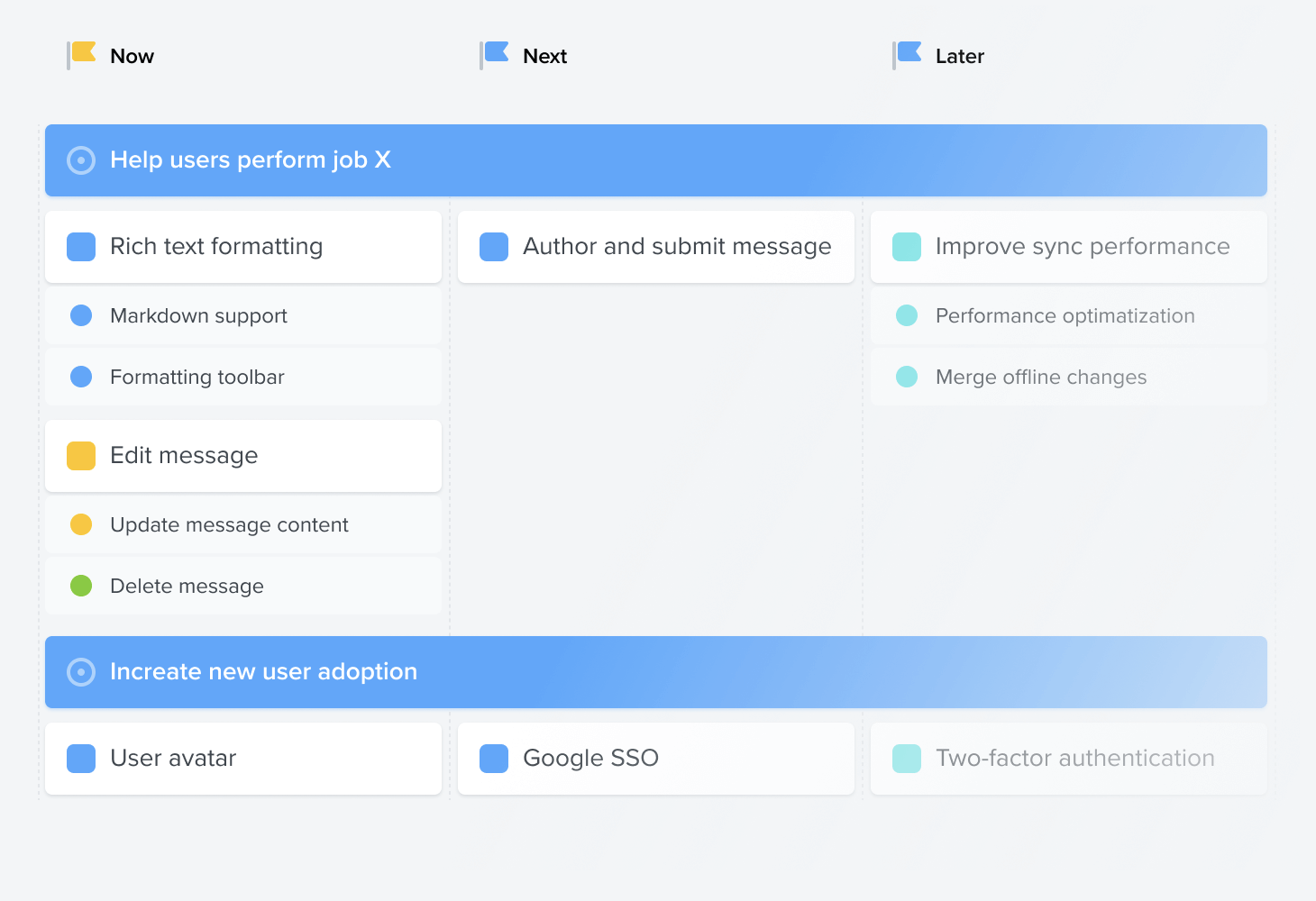
A Now-Next-Later roadmap in Productboard.
- Release roadmaps are more traditional in nature, but can be adapted for agile environments by focusing on the timing of major releases or milestones without being overly prescriptive about the features each release will contain. This allows teams to adjust the scope based on feedback and progress while keeping stakeholders informed about the expected timeline for significant updates.

A release roadmap in Productboard.
Learn more about Productboard’s agile roadmap templates that you can leverage in your organization.
Dual-Track Agile
In dual-track agile, product teams divide their daily tasks into two different tracks — discovery and delivery. The discovery track is the process of actively capturing, researching, and prioritizing user needs, ensuring that the product backlog in agile only contains validated ideas. The delivery track is concerned with building, testing, and deploying new products and features. By running these tracks concurrently, teams can ensure that they are not only building the product right but also building the right product.
For tips on how to incorporate product discovery into your agile product management process, get a copy of our Product Discovery Playbook
How Productboard Supports Agile Product Management
Dynamic Roadmaps
With Productboard, you can create tailored, interactive roadmaps that automatically adapt to changes. These dynamic roadmaps are not only adjustable but also shareable, ensuring that all stakeholders, from team members to investors, are always in the loop and can see the latest product direction. This transparency helps align everyone’s efforts and expectations, fostering a collaborative environment.
Centralized Feedback Repository
One of the cornerstones of agile product management is the continuous integration of customer feedback into the development process. Productboard provides a centralized repository for capturing and organizing customer insights, making it simple for teams to gather, categorize, and analyze feedback from various sources. This repository ensures that customer voices are not lost and that every piece of feedback can inform future sprints and product iterations
Better Cross-Functional Collaboration
With Productboard, you can collaborate across departments, product lines, and business units. Create shared workspaces where teams can collaborate together, and build transparency across the entire product management lifecycle, bringing visibility, alignment, and diverse perspectives.
To learn more about how Productboard can help you throughout the agile product management process, start a 15-day day trial or request a demo.




